Shooting Flying at a Legendary Chateau
July 31, 2020



 Hunting,SCA Articles
Hunting,SCA Articles
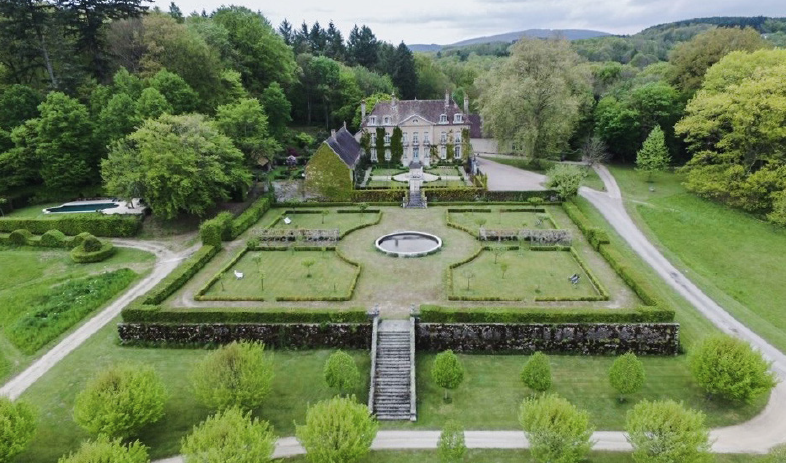
Driven shoots for pheasants and other gamebirds at Chateau de Villette in France.
Setting off to distant places to hunt can take you far beyond the sport. There’s the prospect of adventure and new wonders to behold. How people in foreign lands embrace life, prepare their food, savor their wines and sing their songs broaden your personal horizon. I discovered these and many other facets of life abroad last fall, when my husband, John Wiles, and I traveled to the heart of Burgundy, France to shoot driven birds on the ancient grounds of Chateau de Villette.
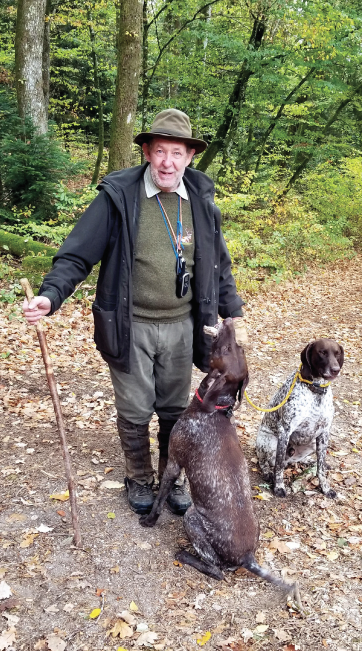
Whenever I think of Villette, the first memory that comes to mind is the last drive of the last day. It was the end of October and an uncommon wintry chill penetrated the air. Under a canopy of darkening clouds, the gently undulating hills of Morvan extended as far as the eye could see.
My prospect atop a nearby hill provided a clear view of the shooting party—seven guns, six men and a woman—each assisted by a loader, positioned at pegs set widely apart in a broad half-circle across from the forest edge. Behind the line, dog handlers and their eager charges waited to work while in the woods, the beaters were already doing theirs.
Head gamekeeper Stephen Baird motioned to Coen Stork, owner of Villette, who brought the hunting horn to his lips, emitting the long, deep bellow that signals “ready.” Suddenly, a flock of ducks streaked across the afternoon sky—too high, too far, too many to count.
The shooters lowered their Purdeys and Hollands, while in the nearing distance, the strident cries of the beaters whipping the brush with their flags grew closer. Pregnant moments passed but nothing flew. English Labs, energetic field spaniels and springers, an Irish setter and a splendid pair of German shorthairs— all strained at their leads, quivering with excitement, awaiting the command, but none came.
Then suddenly we heard the furious cackling of pheasants—20, 30 or more— exploding above the treetops. A barrage of shots strafed the skies. Several birds fell but many more dodged the salvo unscathed and were scooped up by the wind’s blustery arms and carried over the bluff. The birds passed by me so close that I could almost feel their beating wings against my upturned face.
One after another, the pheasants came in waves like surf on a rocky shore. They flew like kamikaze pilots, breaking formation, zigzagging, increasing altitude as the guns faced the challenge.
Chateau de Villette offers a variety of terrain for driven pheasants, ducks and partridge, altogether an incredibly unique hunting experience. Loaner shotguns are available, but you must be a master of your gun with driven birds and, for that reason, I suggest you bring your own.
In a typical driven shoot, the birds often are presented at distances of 20 to 40 yards. It’s easy to get overwhelmed by the numbers and disparate flight paths of these feathered projectiles, so relax, pick one bird and concentrate on it. As your shooting improves, challenge yourself and pick a high-flyer, and while you may take fewer birds, dropping one from the heavens gives you a wonderful feeling of accomplishment.
Our first drive featured mallards, most of which flew by at 20 to 30 yards, and that afternoon, we switched to driven partridges. Each event presented a unique shooting situation, a different killing area and birds traveling at various speeds.
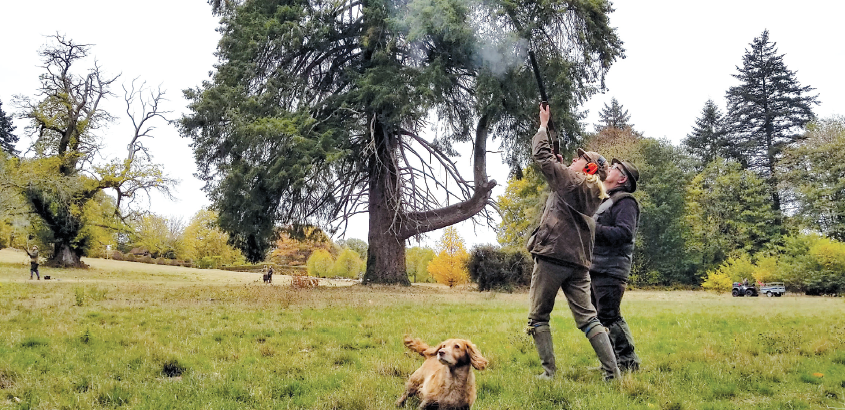
I quickly learned not to think when I shouldered the gun and pulled the trigger. By focusing on the bird’s head, the mind’s natural ability moves the gun at a speed that usually results in the correct lead.
I participated in seven of the eight drives and my loader said my best kills were the most difficult because I didn’t have time to think about lead.
As Coen points out: “It takes 364 days a year to make one day of shooting work,” and the measure of a successful shoot is not about the number of birds you take, but the measure of the experience.
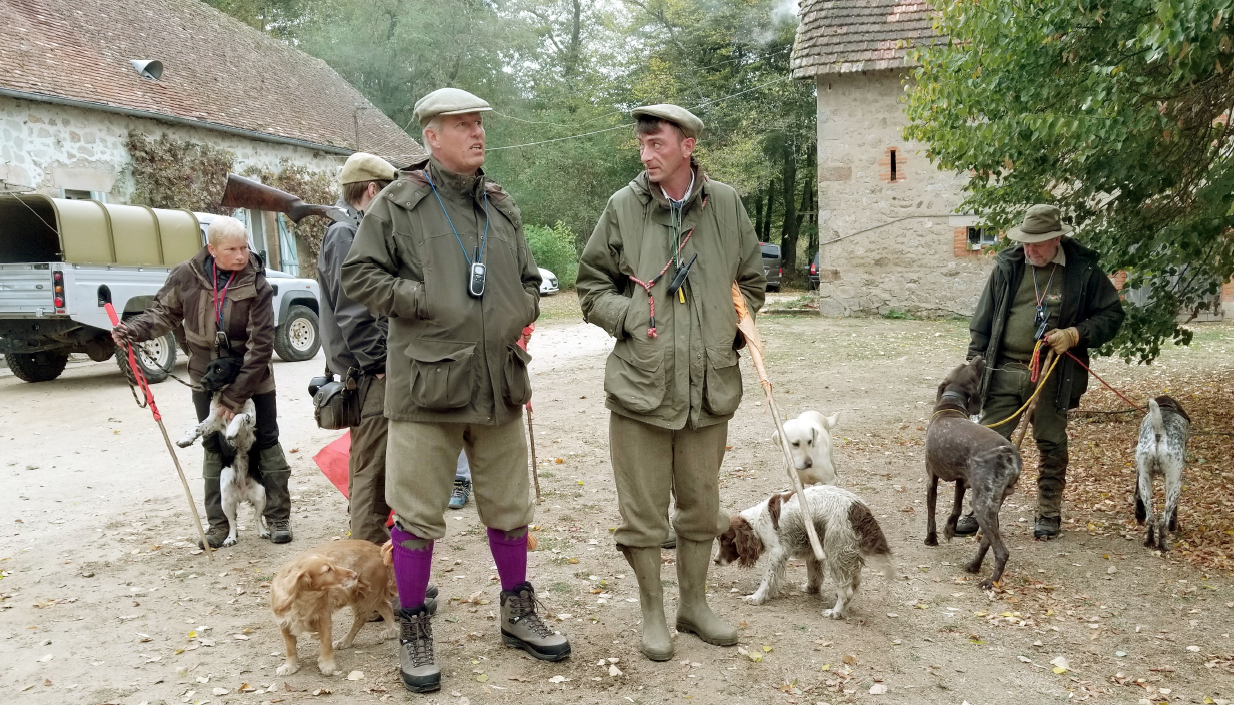
There are two seasons at Villette: Hunting season and the rest of the year. Hunting goes from September through January and commands the dedication of a team of more than 20 loaders, beaters and dog handlers. Five hundred gently rolling acres offer diverse drives, each with its own personality, all within walking distance of the chateau (though a Land Rover is available for those who prefer to ride); some are as effortless as a leisurely afternoon stroll, while others are gently challenging, like fording a shallow stream or clambering up and over a hillock.
My husband John and Coen Stork had struck up an acquaintance through their respective businesses: Best Wingshooting and Coen’s global hunting and fishing travel website, Eagle Review. Now they were finally about to meet in person.
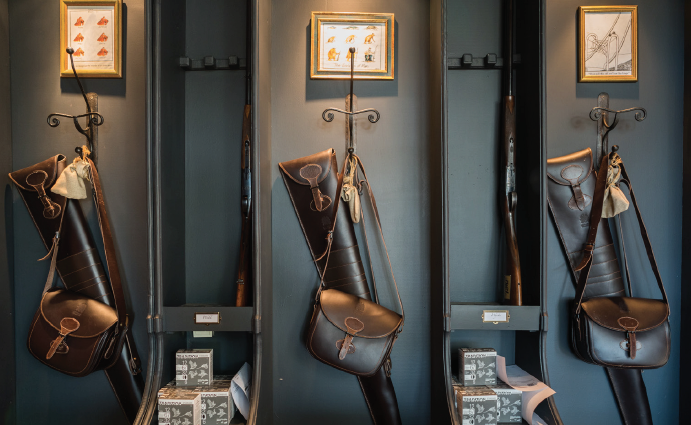
John, who had shot driven birds in Scotland, Spain and Slovakia, wanted to experience Villette’s. Catherine and Coen were already out the door as our car pulled up. Catherine, from Belgium, and Coen, from Holland, speak perfect English and are superb hosts.
Shortly before dinner, Coen asked us to accompany him to the Gun Room across the stable yard. Although horses are no longer whinnying at Villette, there are cackling chickens, a pompous rooster and a pair of proud peacocks. The handsome gunroom has wood-paneled lockers with brass cardholders, each with the name of a shooting guest in elegant calligraphy. Here your gun, cartridges, shell bag and accoutrements are kept, ready in advance of the morning and afternoon drives.
Our shooting party returned to the Gun Room for light refreshments after the first two drives of the day, along with a brief rest and warming our hands by the wood-burning stove. We then went out for another drive, followed by lunch and two more drives before coming in from the field for the day.
 Our last drive ended as dusk was settling behind the hills of Morvan. We followed a footpath through a canopy of trees like flying buttresses over the nave of a medieval cathedral. The dogs trotted contentedly alongside their handlers, the loaders shouldered our guns, and the beaters held their rolled-up flags like knights gripping their javelins. We, the triumphant hunters, were confessing our unpardonable misses and feigning modesty at shots we took that amazed even ourselves.
Our last drive ended as dusk was settling behind the hills of Morvan. We followed a footpath through a canopy of trees like flying buttresses over the nave of a medieval cathedral. The dogs trotted contentedly alongside their handlers, the loaders shouldered our guns, and the beaters held their rolled-up flags like knights gripping their javelins. We, the triumphant hunters, were confessing our unpardonable misses and feigning modesty at shots we took that amazed even ourselves.
And then we came upon Villette sitting on her ancient foundation, as imperial as a queen upon the throne. Light poured from tall, mullioned windows and lit the courtyard where the last roses of fall still clung to the bushes. Smoke rose from the chimneys. There was a familiar whiff of winter in the air; snow was coming.
All made their way to the gun room, where the shotguns were left for cleaning, the dogs were toweled down and loaded into the kennels in the back of trucks, flags were put away and “good nights” were bid.
After dinner, I went to bed, closed my eyes, and the soaring birds of Villette lulled me to sleep. I see them still in my dreams.
